When these symptoms surface, it is essential to consult a healthcare professional. They will embark on a diagnostic journey that typically starts with a comprehensive medical history and physical examination to understand the full scope of the symptoms. Additional diagnostic tests, such as imaging or blood work, may be recommended if needed to rule out underlying conditions.
Unfortunately, these methods are not without their limitations. One of the primary concerns is that they offer merely a temporary cessation of symptoms rather than a long-term resolution. This means that individuals may find themselves reaching for these medications repeatedly to manage their pain, which can not only become a cycle of dependency but also may lead to increased tolerance and, paradoxically, medication overuse headaches. Additionally, these treatments can bring along a slew of potential side effects. Depending on the individual and the medication taken, side effects may range from mild — such as dizziness and nausea — to more serious health implications. Furthermore, because these treatments tend to focus on the symptoms rather than the underlying cause of the headaches, they may not provide the holistic care that some individuals seek.
With these considerations in mind, exploring alternative, more sustainable therapeutic options may lead individuals to a deeper, more comprehensive management of their headache conditions. By addressing both the symptoms and their root causes, it is possible to move towards a path of long-term relief and wellness.
When this connective tissue becomes stiff or restricted due to stress, physical injury, or even emotional trauma, it can create referring pain patterns resulting in chronic headaches. By applying specific techniques to the affected myofascial areas, especially around the neck, shoulders, and jaw, MFR therapy helps to loosen the restrictions and improve tissue mobility. This not only alleviates the immediate headache but also works on the deeper issue causing the symptoms, offering a more lasting form of relief.
Furthermore, MFR therapy acknowledges that the entire body is interrelated. Thus, a restriction in one area could potentially lead to discomfort or pain in another, such as a past injury in the lower back manifesting as a headache. By holistically approaching the body and its fascial lines, MFR therapy aids in restoring the body’s balance and natural alignment, which can significantly reduce, if not eradicate, headache occurrences.
Furthermore, the holistic nature of MFR allows for a broader impact on the body’s health systems. Improved blood circulation and more efficient oxygen delivery to cells are just a few of the circulatory benefits. In parallel, enhancing the lymphatic system’s functioning can lead to a decrease in toxin build-up, potentially decreasing the frequency and intensity of headaches. The sustained results of MFR therapy can therefore represent a turning point in your journey towards long-lasting health and freedom from pain.
If you’re interested in exploring the benefits of MFR therapy, we invite you to visit MFR Health. Here, you can explore a variety of resources to help you identify how you may benefit from MFR care. At MFR Health, our directory of certified MFR therapists are ready to guide you through the process, from initial consultation to personalized treatment plan, one session at a time. Getting started is simple — just locate a certified MFR therapist near you today. We look forward to helping you embark on this journey towards pain-free living.

